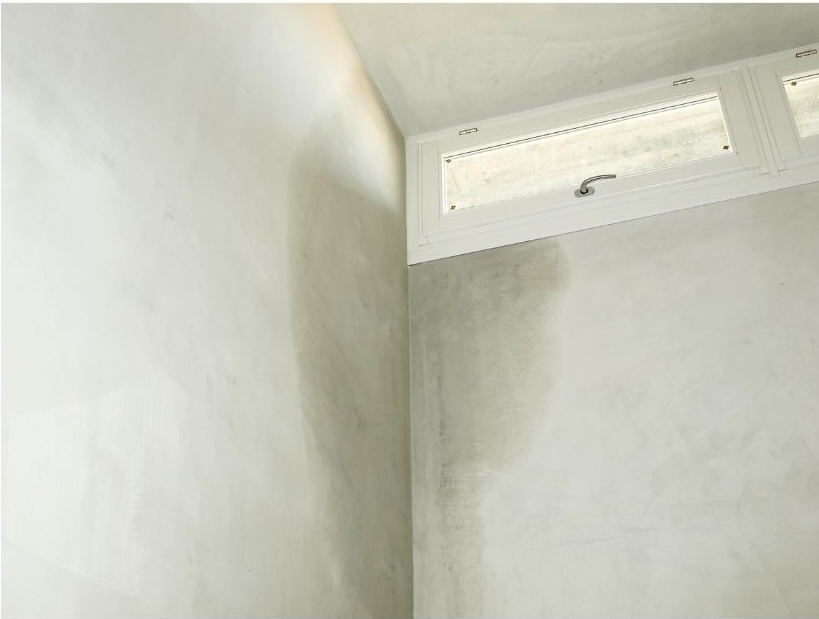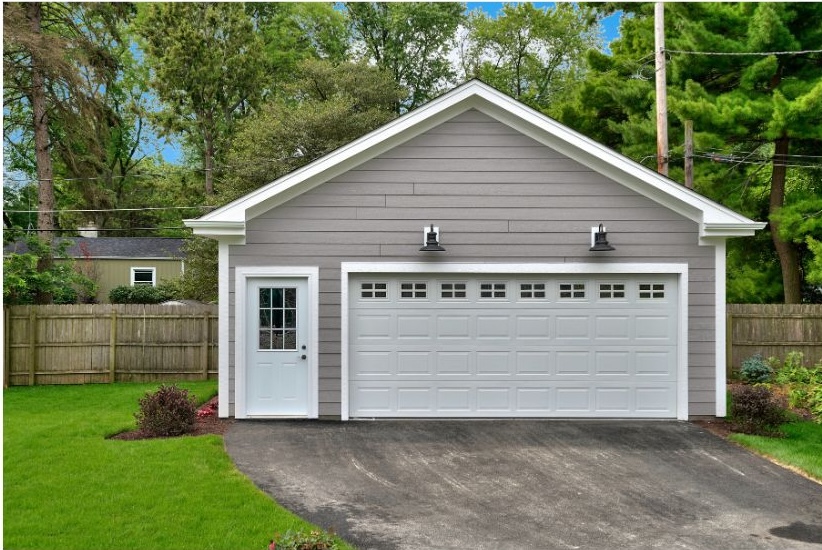Mold and mildew can not only damage your home’s structure and belongings but also pose health risks to you and your family. Preventing mold and mildew growth is essential for maintaining a healthy and comfortable living environment. In this comprehensive guide, we’ll explore effective tips for preventing mold and mildew in your home, helping you safeguard your property and protect your health.
Control Moisture Levels
In addition to using a dehumidifier and exhaust fans, you can also reduce moisture levels in your home by implementing simple habits. For example, avoid overwatering indoor plants and ensure that air conditioning drip pans are clean and draining properly. You can also use moisture-absorbing products like silica gel or desiccants in closets, cabinets, and other enclosed spaces to help control humidity levels.
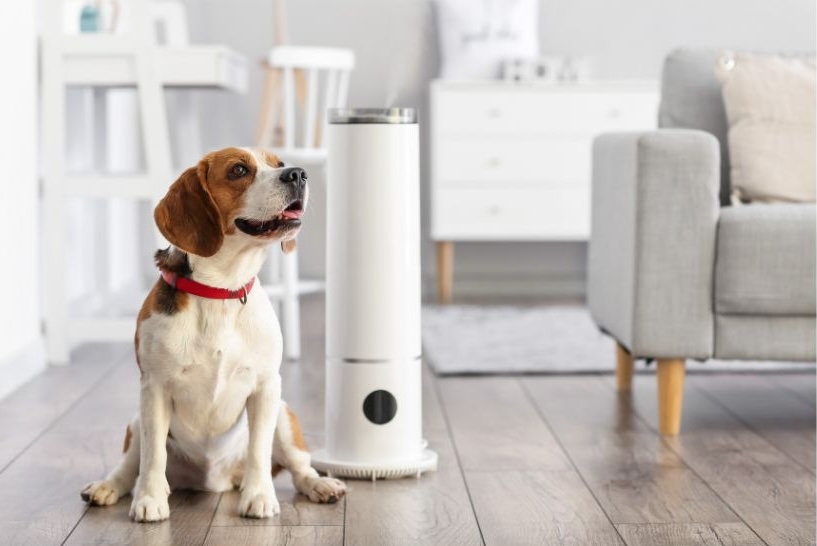
Fix Leaks Promptly
Regular home maintenance is key to identifying and addressing leaks before they escalate into major issues. Inspect your home’s plumbing system, including pipes, faucets, and water heaters, for signs of leaks or corrosion. Look for water stains on walls or ceilings, soft spots on floors, and dampness around plumbing fixtures. Addressing leaks promptly can save you time and money on repairs and prevent mold and mildew growth.

Improve Air Circulation
In addition to using fans, you can improve air circulation in your home by keeping interior doors open and using ceiling fans to promote airflow. Installing a whole-house ventilation system can also help circulate fresh air throughout your home and reduce indoor air pollutants. Consider adding vents or louvers to attic and crawl space access points to facilitate airflow and prevent moisture buildup in these areas.

Use Mold-Resistant Materials
When selecting materials for your home, opt for mold-resistant options whenever possible. For example, choose mold-resistant drywall, which contains additives that inhibit mold growth and reduce the risk of moisture-related damage. Look for paint formulated with mold inhibitors for use in high-humidity areas like bathrooms and kitchens. Additionally, consider using natural stone or ceramic tile flooring instead of carpet in areas prone to moisture, as these materials are less susceptible to mold and mildew growth.
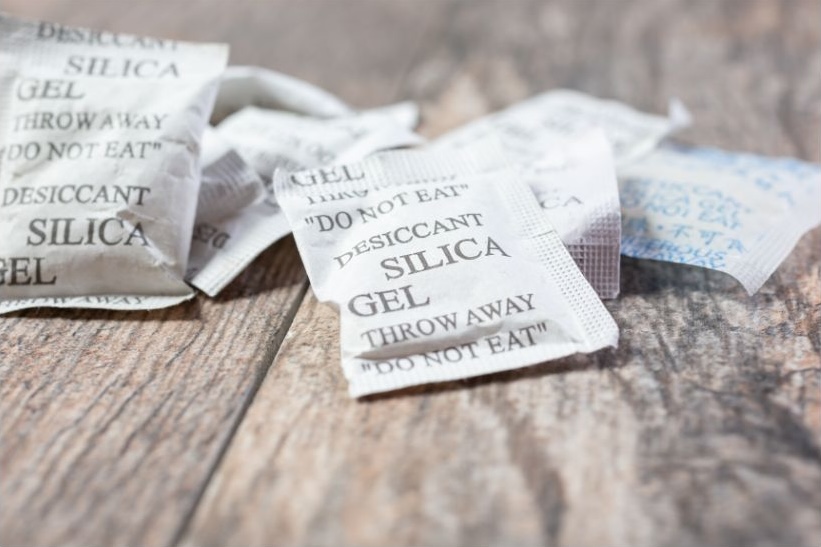
Clean and Dry Wet Areas Promptly
In addition to using detergent and water for cleaning, you can also use natural solutions like vinegar or hydrogen peroxide to kill mold and mildew on surfaces. These substances are effective at killing mold spores and preventing regrowth without harsh chemicals. After cleaning, thoroughly dry the area using fans, dehumidifiers, or natural ventilation to prevent moisture from lingering and promoting mold and mildew growth.
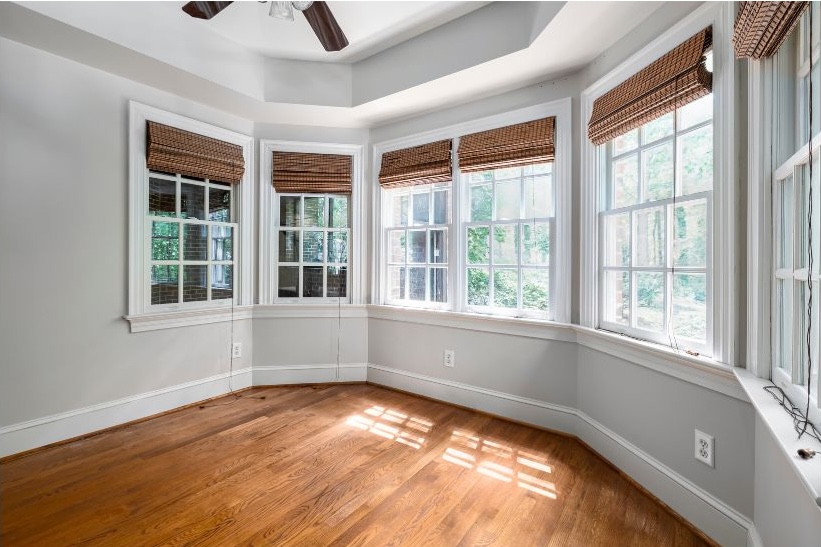
Use Exhaust Fans in High-Moisture Areas
In addition to installing exhaust fans in bathrooms and kitchens, consider using them in other high-moisture areas of your home, such as laundry rooms and basements. Proper ventilation is essential for removing excess humidity and preventing condensation from forming on surfaces. If your home doesn’t have built-in exhaust fans, consider installing portable or ceiling-mounted fans to improve airflow and reduce moisture buildup.

Maintain Your HVAC System
Regular HVAC maintenance not only improves indoor air quality but also helps prevent mold and mildew growth. In addition to changing air filters, schedule annual inspections and cleanings for your HVAC system to ensure it’s operating efficiently and effectively. Professional HVAC technicians can identify and address issues such as mold growth in ductwork, clogged condensate drains, and malfunctioning components that could contribute to indoor moisture problems.
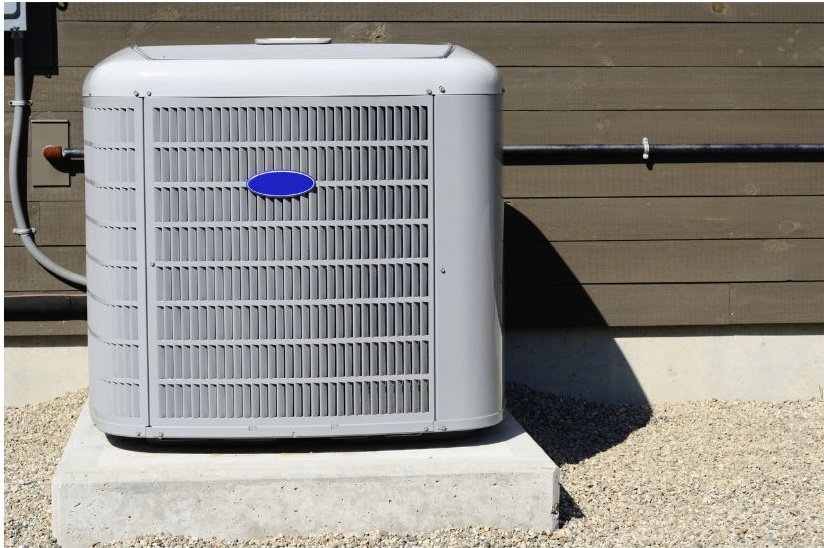
Monitor Indoor Humidity Levels
In addition to using a hygrometer to monitor indoor humidity levels, you can also take steps to reduce humidity in your home naturally. For example, air-drying laundry outdoors instead of using a dryer can help reduce indoor humidity levels. Using exhaust fans while cooking and bathing and avoiding excessive use of humidifiers can also help maintain optimal humidity levels and prevent mold and mildew growth.
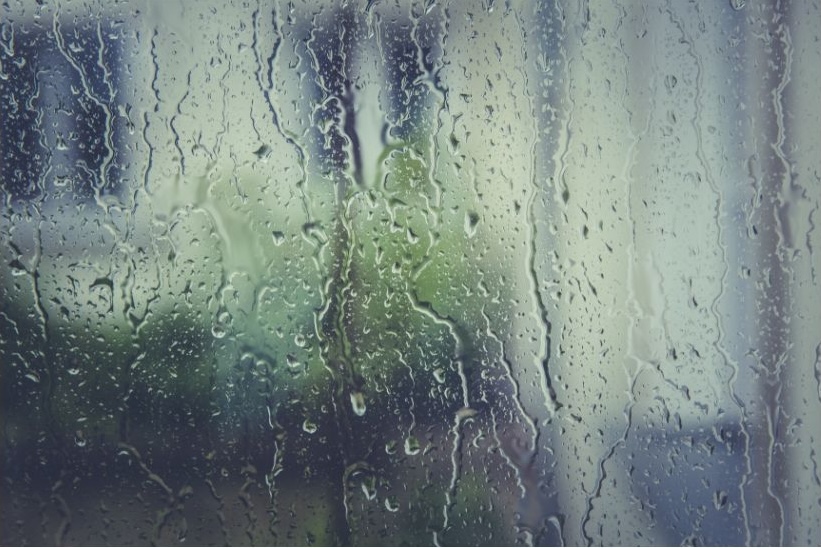
Clean and Maintain Gutters and Downspouts
In addition to cleaning gutters and downspouts, consider installing gutter guards or screens to prevent debris from accumulating and clogging the system. Trim overhanging tree branches and vegetation near your home to reduce the risk of leaves and twigs falling into gutters and downspouts. Regularly inspect gutters and downspouts for signs of damage or deterioration and repair or replace any damaged components promptly.

Inspect and Seal Windows and Doors
Regularly inspect windows and doors for signs of wear and damage, such as cracked seals, warped frames, or gaps between the frame and the wall. Use weatherstripping or caulking to seal any gaps or cracks to prevent water intrusion and air leaks. Consider upgrading to energy-efficient windows and doors with double or triple-pane glass and low-emissivity coatings to improve insulation and reduce the risk of condensation and mold growth.
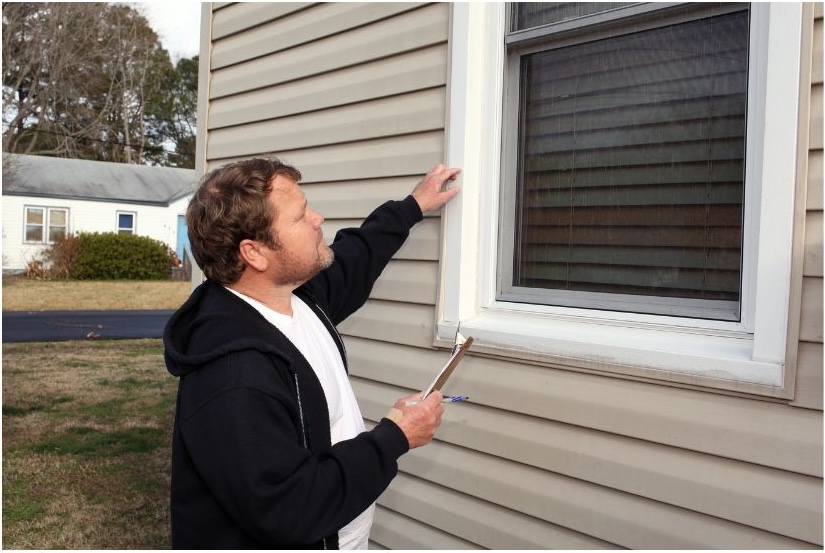
Final Thoughts
Preventing mold and mildew growth in your home requires proactive maintenance and moisture control strategies. By following these expanded tips, you can create a healthy and comfortable living environment for you and your family while safeguarding your property against the damaging effects of mold and mildew. If you discover mold or mildew in your home, address the issue promptly to prevent further damage and ensure the health and safety of your household.

